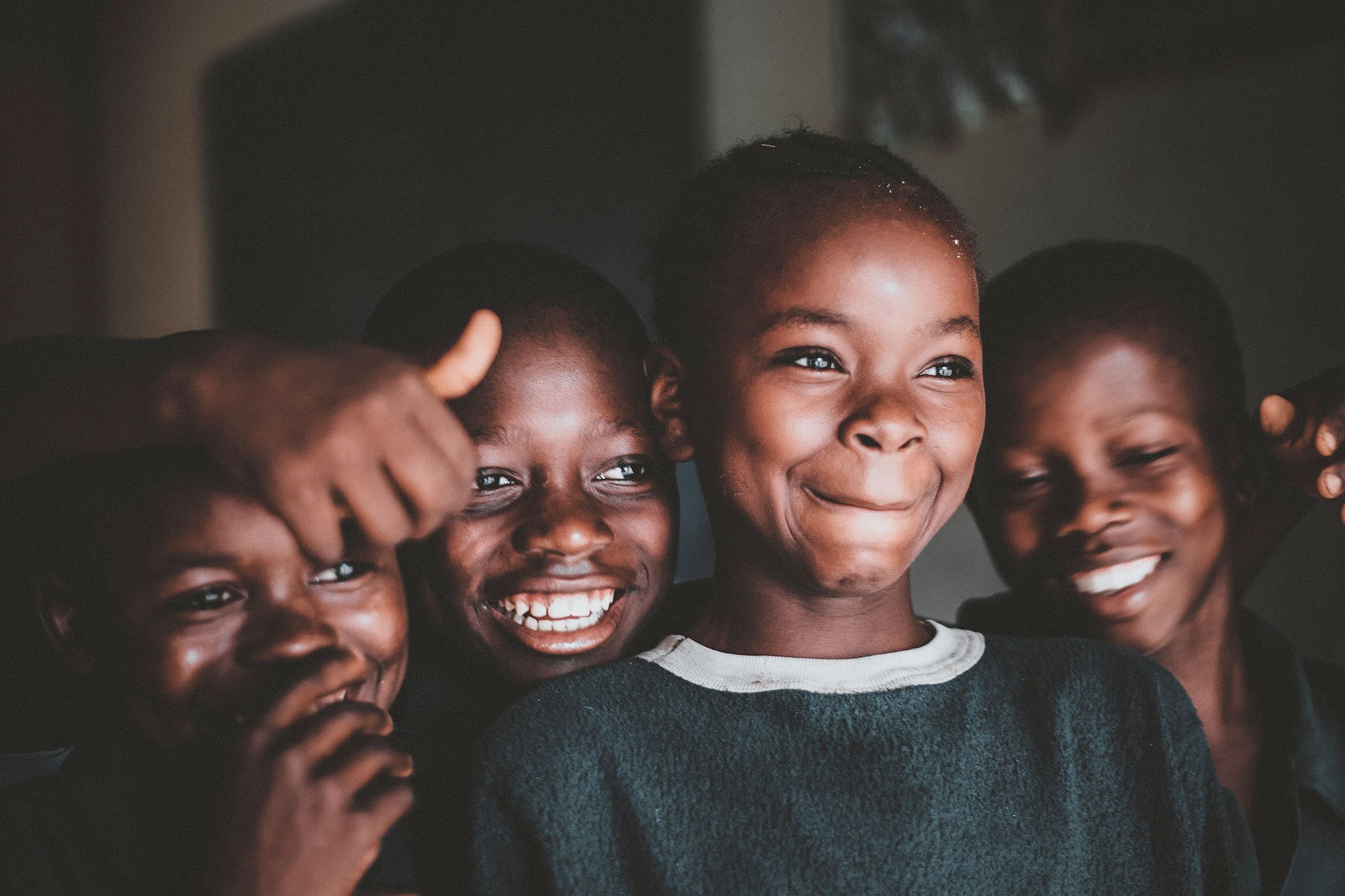
Awareness Building.
Early and accurate diagnosis is a primary goal in childhood cancer management as it t leads to increased survival, improved prognosis and reduced treatment – which in turn means lesser side effects or late effects of treatment.
As childhood cancer is still fairly rare, medical staff may not be familiar with its symptoms, and in some countries , may not have been properly trained on childhood cancer signs and symptoms. Additionally much of the general public are unaware of the symptoms of childhood cancer. To make matters worse, referral systems for confirmatory diagnosis and treatment may be absent or inadequate.
Sadly, children and adolescents with cancer, especially in low and middle income countries, are often misdiagnosed or diagnosed at advanced stages, because the symptoms are overlooked or not recognised. This is one of the primary reasons for CCI initiatives to raise awareness on early warning signs and symptoms of childhood cancer.
Knowledge and understanding of the issues faced by children/adolescents with cancer, survivors and their families will also lead to more sectors and individuals championing the call to ACT NOW and DO MORE for children and adolescents with cancer, childhood cancer survivors and their families.
CCI initiatives to increase awareness and improve early diagnosis of childhood cancer include the following signature events:
-
International Childhood Cancer Day (ICCD) is on 15th February each year. Launched in 2002, it has now grown into a Global Coalition in over 160 countries. The goal is to raise awareness of childhood cancer - especially that , if diagnosed early, with timely treatment and appropriate care, most childhood cancers are curable.
-
International Childhood Cancer Survivors Week is the last week of June each year. Launched in 2015, it brings into focus the needs and challenges faced by childhood cancer survivors and their families. It provides childhood cancer survivors and their families a platform to share their journeys, inspire and boost the hope of those still struggling with cancer, and to build a compel us all to do more for childhood cancer survivors. It also brings to light the stigma, bias and discrimination oftentimes faced by survivors, as they attempt to rebuild their lives and re-join society.
-
Light it up Gold in September each year. Across the world important or iconic monuments, buildings, structures (such as bridges) and even natural landmarks are lit up in gold. Alternatively, large gold ribbons are prominently hung on such structures and buildings. Launched in 2015, this is all done to bring local and global awareness of gold as the symbol of childhood cancer and – more importantly – of the prevalence and challenges of childhood cancer. September as International Childhood Cancer Awareness Month.
Along with the gold lighting and ribbons, CCI member organisations, partners and allies design, develop and use different forms of information and communication (from events, to printed material, to videos, to digital media, to other ) to bring attention to childhood cancer. A key goal of the month’s campaigning is help break myths and misconceptions about childhood cancer and survivorship, as well as to minimize stigma and discrimination.
Informational materials are provided to health practitioners, community health worker or volunteers, sectoral groups and the general public. These materials are made available in at health facilities, schools and academic institutions , public facilities (for e.g. airports and malls ), and faith based sites (such as churches, mosques and temples). The materials are available on numerous digital platforms such as social media , television, radio shows> the material even appears in merchandise – such toys.
In addition, CCI member organisations, partners and allies design, develop and use different modalities of information and communication materials (i.e. print, video, digital, web based) to help break myths and misconceptions about childhood cancer, survivorship as well as to minimise stigma and discrimination.
These informational materials are provided to health practitioners, community health volunteers, sectoral groups and the general public as well as made available in health facilities, schools and academic institutions , strategic public facilities (e.g. airports,malls etc.) as well as faith based sites (e.g. churches, mosques, places of worship). Other effective delivery mechanisms are social media platforms, popular TV and radio shows as well as toys.
